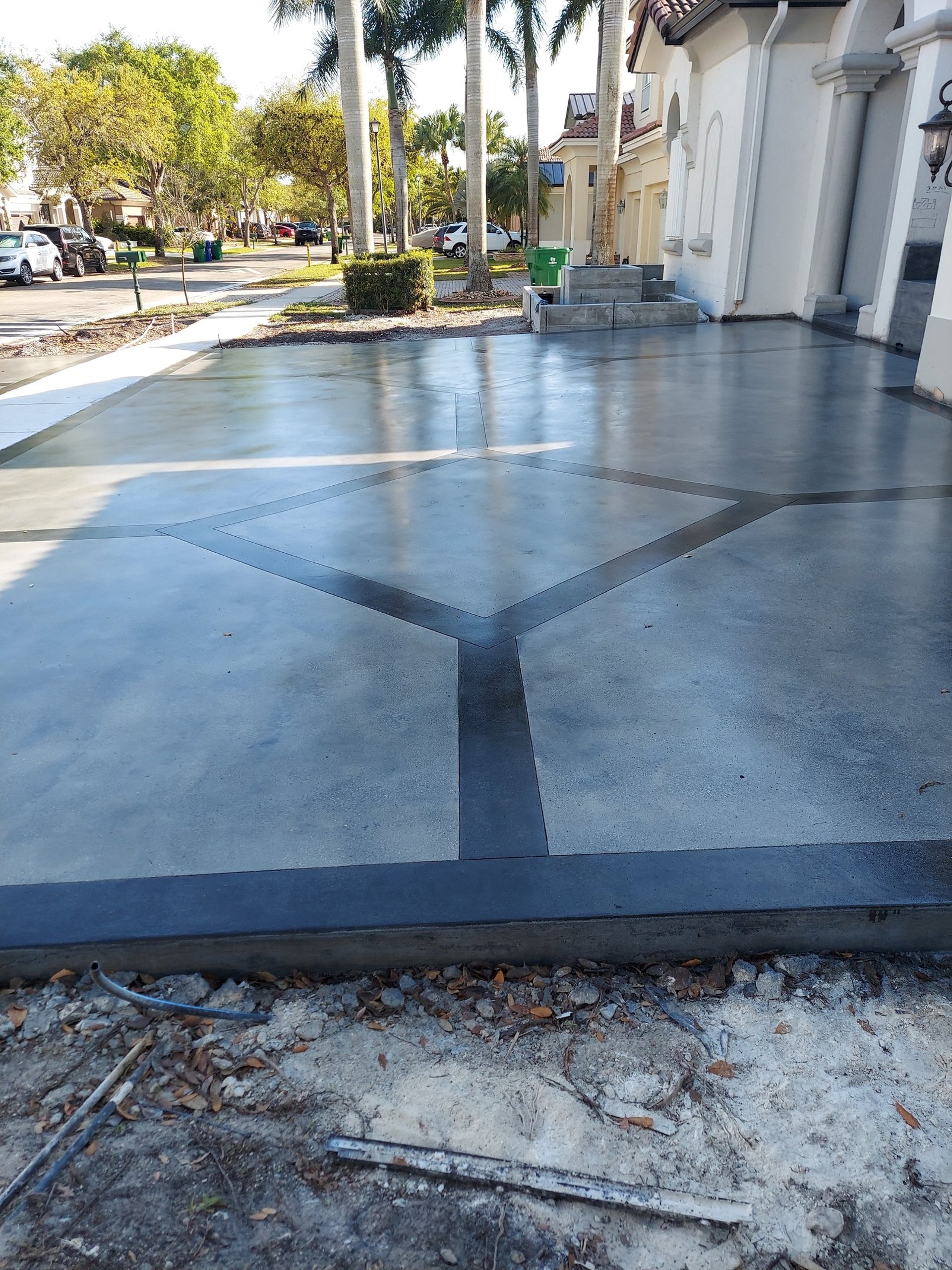Call us for a free estimate 786-523-9656
Concrete vs Wood
In this comprehensive blog post, we will delve into a detailed comparison between wood floors and concrete polished floors. We'll explore the myriad advantages and disadvantages of both options, aiming to provide a nuanced understanding of these two popular flooring choices. This exploration will offer valuable insights to help you make an informed decision about which flooring solution is best suited to your needs and preferences.
conexxo corp
2/23/20242 min read


Wood Floors:
Pros:
Aesthetic Appeal: Wood floors offer a warm, natural, and inviting appearance that can complement various design styles, from traditional to modern.
Variety of Options: They come in a wide range of species, colors, finishes, and patterns, allowing for customization to suit specific preferences.
Durability: High-quality wood floors can last a long time with proper care and maintenance. Hardwood floors can be sanded and refinished multiple times, prolonging their lifespan.
Resale Value: Homes with hardwood floors tend to sell for more than those without, as they're often considered an upgrade.
Comfort and Insulation: Wood floors are warmer and softer underfoot compared to concrete, providing a more comfortable walking surface, especially in cold climates.
Cons:
Cost: Wood flooring can be more expensive than other flooring options, especially for high-quality hardwoods.
Maintenance: They require regular cleaning, and certain types of wood may need periodic refinishing to maintain their appearance.
Susceptibility to Damage: Wood is susceptible to scratches, dents, and water damage, making it less ideal for high-traffic or moisture-prone areas.
Environmentally Challenging: Some wood floors may contribute to deforestation and require a lot of energy to produce.
Polished Concrete Floors:
Pros:
Durability: Polished concrete floors are extremely durable and long-lasting, able to withstand heavy foot traffic and resist scratches, stains, and water damage.
Low Maintenance: Once polished, concrete floors require minimal maintenance. They can be easily cleaned with water and a mild detergent.
Eco-Friendly: Concrete is a sustainable material, and using it as a finished floor can contribute to LEED points and sustainability initiatives.
Design Versatility: Polished concrete can be customized with various finishes, colors, and designs. It can also be ground down to expose aggregate or decorative elements.
Cost: Concrete is often cheaper than many other flooring options, especially when considering its lifespan and low maintenance requirements.
Cons:
Hardness: Concrete can be hard and uncomfortable to stand on for long periods, especially without proper footwear.
Temperature Sensitivity: Concrete can be cold in cooler climates, requiring additional heating to maintain comfort.
Installation Difficulty: Proper installation and polishing require professional expertise, which can add to the initial cost.
Environmental Impact: While concrete is a naturally occurring material, the production of cement, one of the main components of concrete, can have a significant environmental impact due to carbon emissions.
Noise: Concrete can amplify noise, making it a less ideal choice for areas where noise reduction is important.
Conclusion:
Choosing between wood and polished concrete flooring ultimately comes down to personal preference, budget, and the specific requirements of your space. Both have their advantages and drawbacks, and each can offer a unique and stylish look to a room or building. It's essential to weigh the pros and cons and consider factors such as durability, maintenance, cost, aesthetics, and environmental impact when making a decision.







